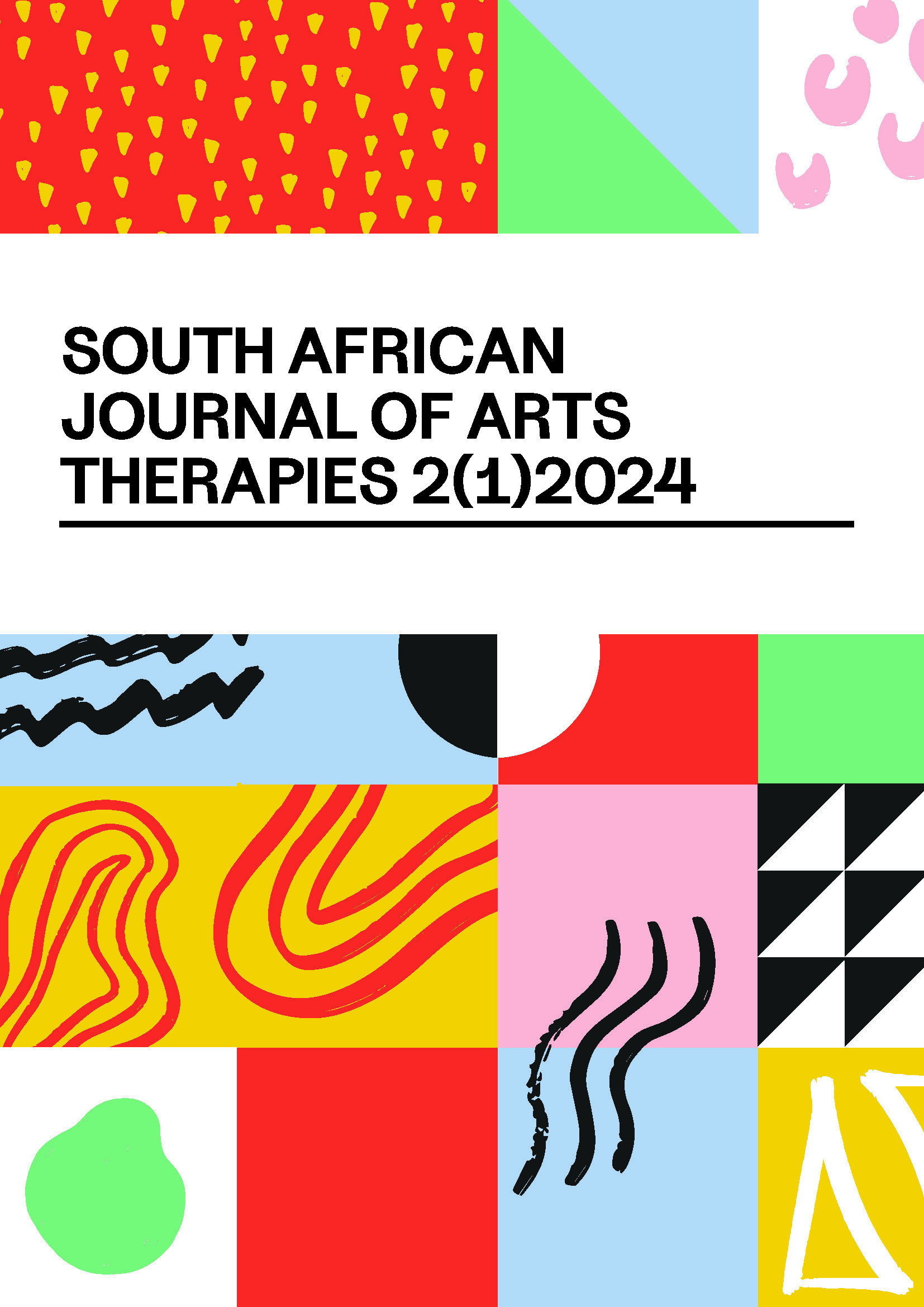Using the arts to work with refugees and displaced persons in times of crisis and war
Main Article Content
Keywords
art therapy, south africa
Abstract
Our global community is experiencing the highest numbers of internally displaced persons and refugees brought about by crises and war. Not since World War II have we seen such huge numbers of persons who have been separated from their families and communities and are without homes. The war in Ukraine alone, caused by Russia’s illegal invasion, has contributed to over 14 million refugees and displaced persons, of which, according to UNICEF, 4.6 million are children. This panel explored how the arts can contribute towards restoring common humanity and dignity to those in crisis. Practical examples of how the arts and arts therapies are being used with refugees and displaced persons across the globe were presented. Topics such as safety, space and place, peer support, and collaboration were revisited as these relate to resilience, wellness, and empowerment. Three major questions guided the presenters as they shared their experience in working with people in crisis:
- Why use the arts when working with refugees and displaced persons?
- How are the arts understood/perceived as they are being integrated in this field of work?
- How do we restore common dignity and humanity to persons living in crisis?
Article Metrics Graph
References
FAS (n.d). First Aid of the Soul. Retrieved from http://www.firstaidofthesoul.org.
First Step Outpatient Services (n.d.) Karpman Triangle: Roles of the rescuer, the victim and the persecutor. Retrieved from https://firststeprehab.co.za/drama-triangle/.
Kalmanowitz, D. & Lloyd, B. (2021). Portable Studio. YouTube. Retrieved from https://www.youtube.com/watch?v=URF48cY5-YA.
Karpman, S. (1968). The Karpman Drama Triangle. In Fairy Tales and Script Drama Analysis. University of California. https://karpmandramatriangle.com/pdf/DramaTriangle.pdf.
Kurapov, A., Pavlenko, V., Drozdov, A., Bezliudna, V., Reznik, A., & Isralowitz, R. (2022). Toward an understanding of the Russian-Ukrainian war impact on university students and personnel. Journal of Loss and Trauma, 28(2), 167-174. https://doi.org/10.1080/15325024.2022.2084838
Moreno, J.L (1934). Who shall survive? Beacon Press.
Ukraine Ministry of Economy (2022, December 9). Ukraine will build an effective system of providing psychological assistance to preserve the mental health of the nation. Retrieved from https://www.kmu.gov.ua/news/v-ukraini-pobuduiut-efektyvnu-systemu-nadannia-psykholohichnoi-dopomohy-zarady-zberezhennia-mentalnoho-zdorovia-natsii.
UNHCR Emergency Centre (n.d.) Home page. Retrieved from https://www.unhcr.org/asia/regional-centre-emergency-preparedness-ecentre
Van Hear et al. (2018). The Migration DATA Portal, p.927. https://doi.org/10.1080/1369183X.2017.1384135
World Bank (2023). World Development Report 2023: Migrants, refugees and societies. ReliefWeb. Retrieved from https://reliefweb.int/report/world/world-development-report-2023-migrants-refugees-and-societies-enarruzh.)
Vo, N.M. (2005). The Vietnamese boat people, 1954 and 1975-1992. McFarland.
Xu, W., Pavlova, I., Chen, X., Petrytsa, P., Graf-Vlachy, L., & Zhang, S. X. (2023). Mental health symptoms and coping strategies among Ukrainians during the Russia-Ukraine war in March 2022. International Journal of Social Psychiatry, 69(4). https://doi.org/10.1177/00207640221143919






